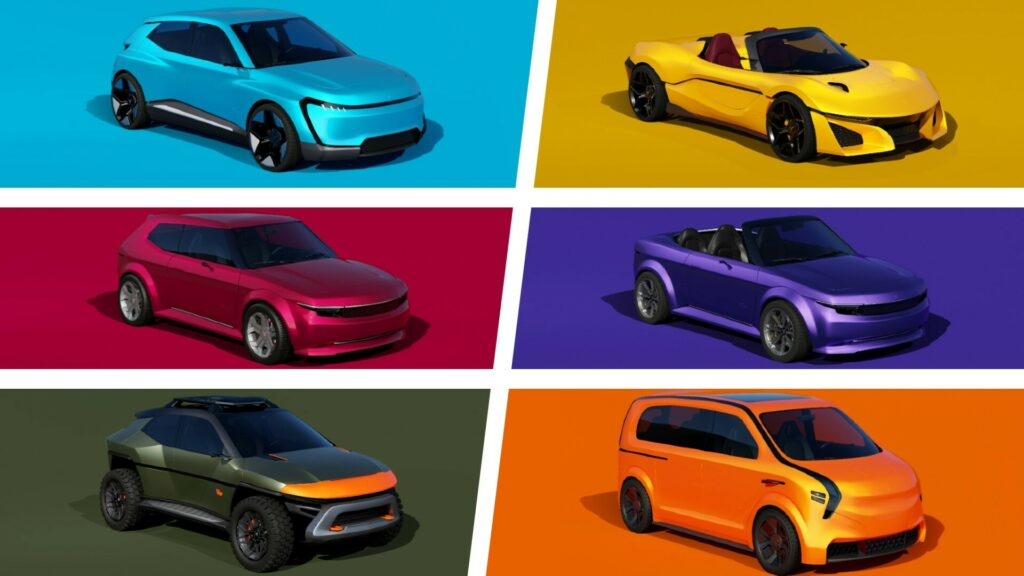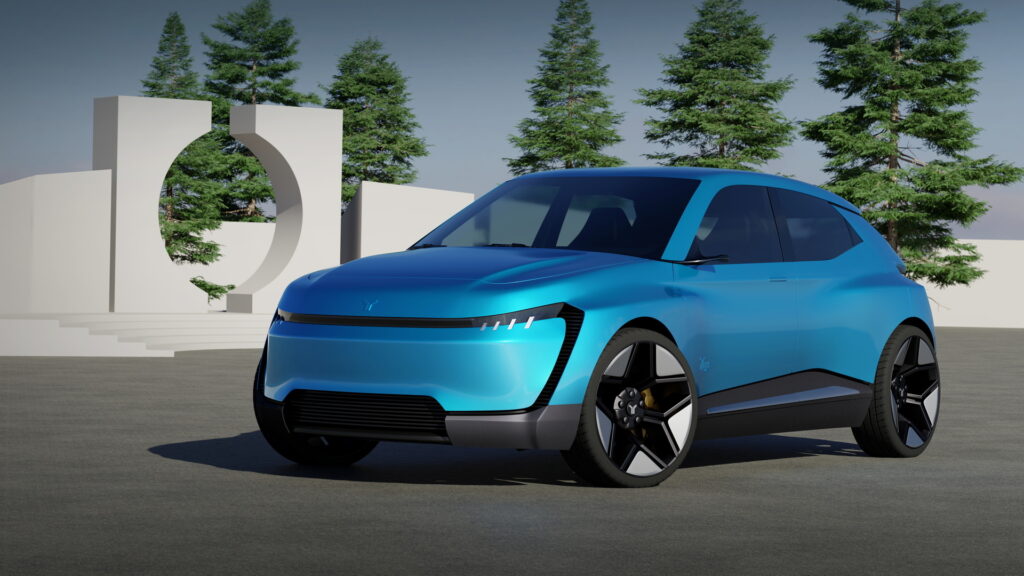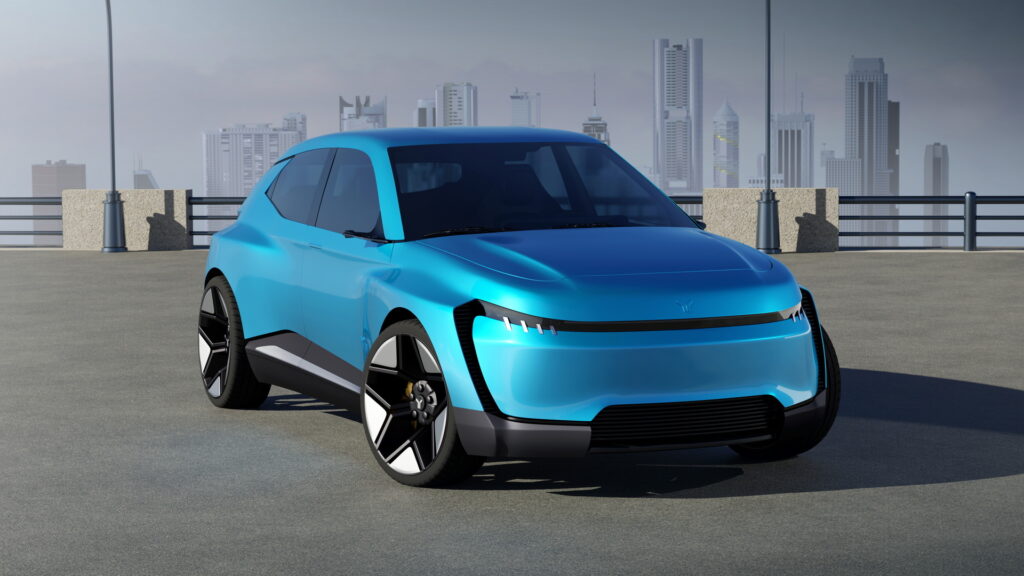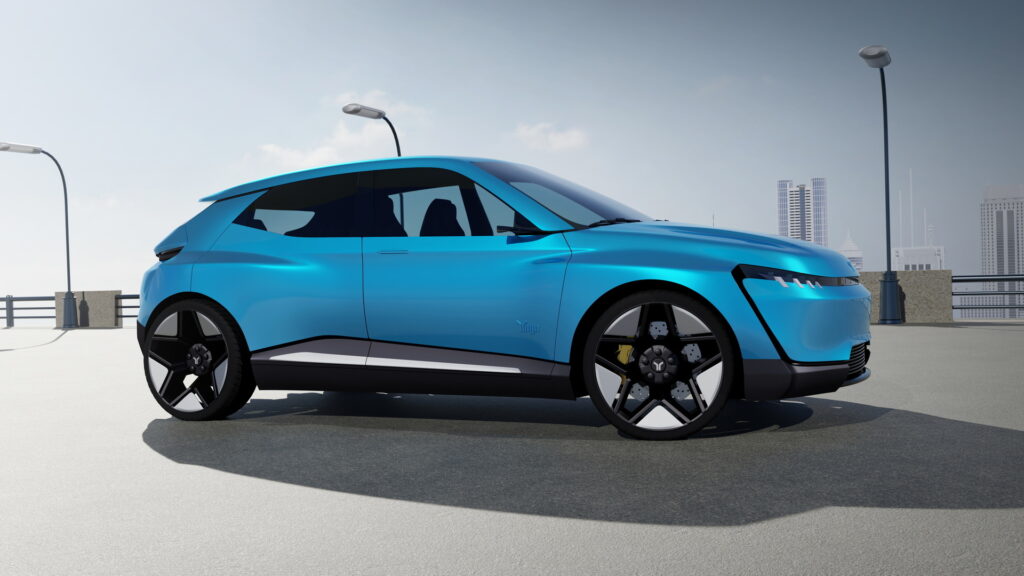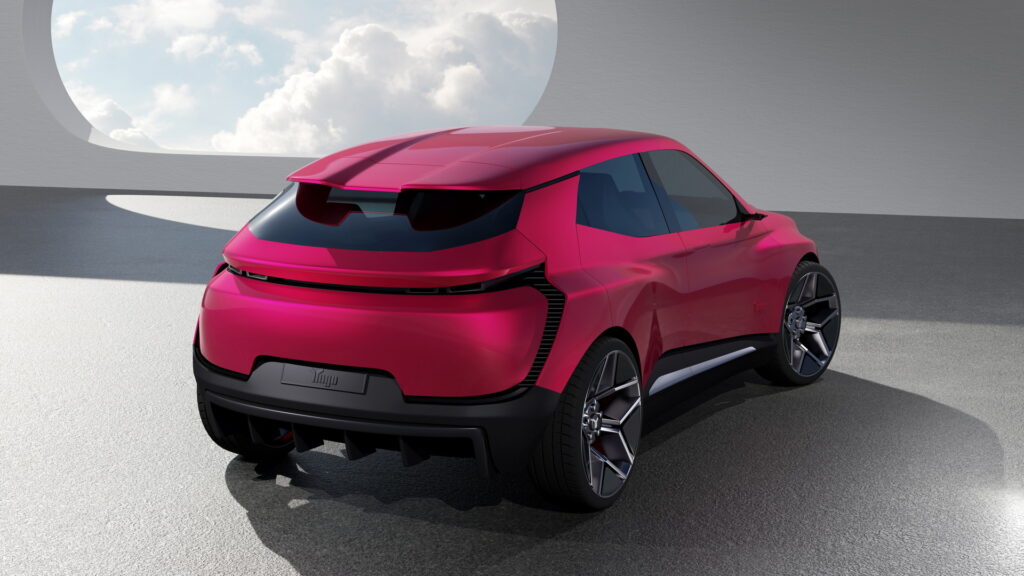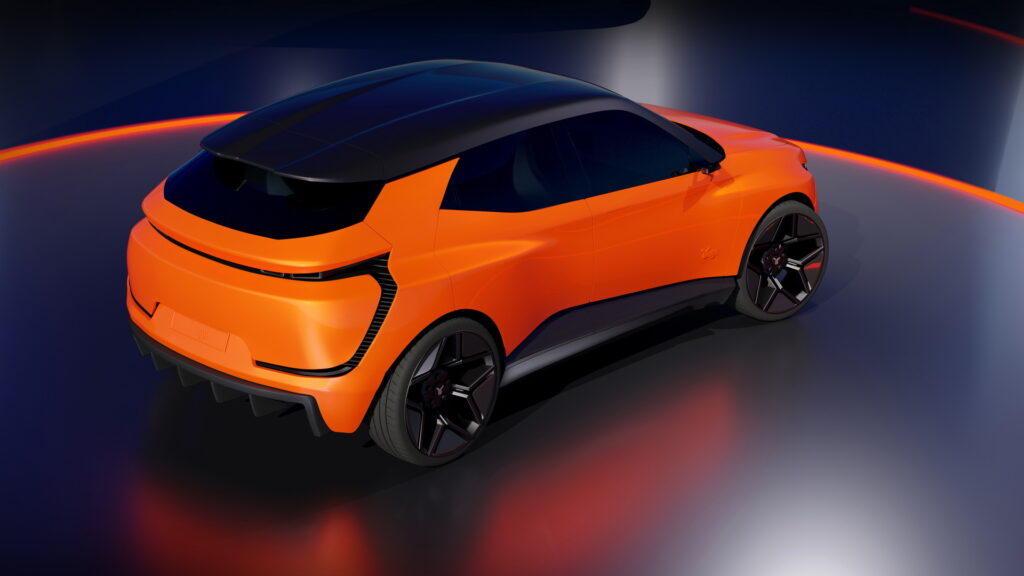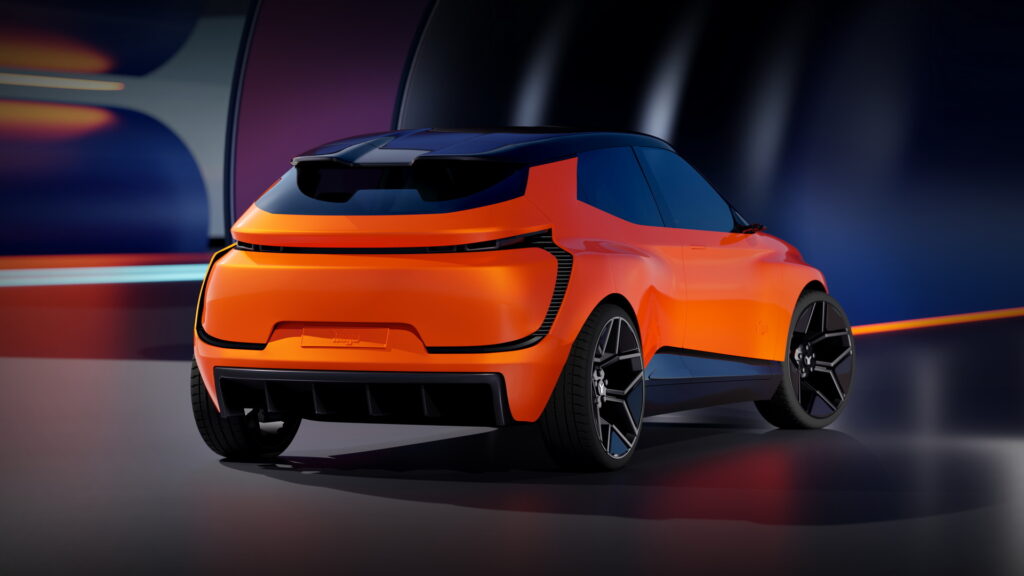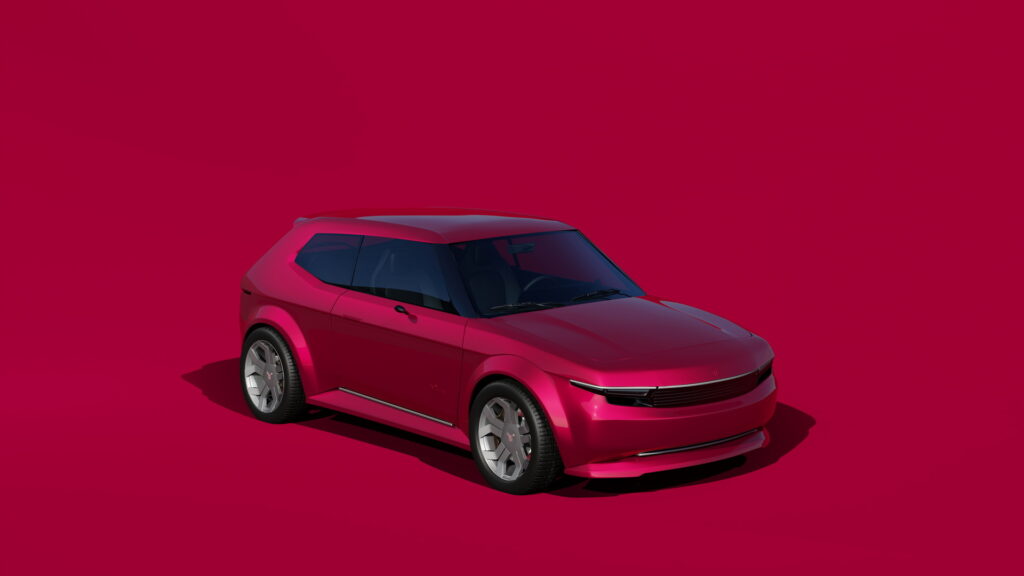The story includes independent illustrations of Yugo-branded EVs conceived by automotive designer Dejan Hristov that are neither related to nor endorsed by the company.
Remember the Yugo EV hatchback design study that made headlines back in 2021? Following the positive response to his project, automotive designer Dejan Hristov created an entire range of Yugo-branded EVs covering a variety of segments and proposing a bright future for the defunct brand.
Zastava might be long gone, but the Yugoslavian hatchback retains a cult status among car enthusiasts. Furthermore, there are people from the countries of the former Yugoslavian region hoping to see a rebirth of their local automotive manufacturer, as difficult as it may sound from a financial perspective in today’s crowded car market. This is what prompted the North Macedonian designer to continue his project, bringing Yugo to the modern era. Let’s check out his design proposals one by one.
Yugo Sportover
Starting with the most handsome of the bunch, the Yugo Sportover is a fully electric compact hatchback, set to rival the likes of the VW ID.3 and Cupra Born. Envisioned as a successor to the largely forgotten 1987 Yugo Florida, the Sportover has a heavily sculpted bodywork with pronounced front and rear fenders emphasizing the large-diameter alloy wheels.
The thin LED lighting units on both ends are connected with slim air intakes, proposing an interesting styling language that could serve as the base for a new brand. The designer also created a sportier variant with black trim on the bumper and black wheels although we prefer the modern looks of the blue-painted example.
Yugo N-Duro
The world is full of road-focused SUVs but Hristov’s vision of a reborn Yugo proposes something a lot more adventurous. The Yugo N-Duro could share its underpinnings and greenhouse with the Sportover but goes hardcore with off-road-ready looks. The boxier bodywork, the increased ground clearance, the colorful recovery mounts, the semi-exposed mud-terrain tires, and the roof-mounted LED bar shows that this vehicle is designed for the wilderness. We like to think of it as a modern equivalent of the Lada Niva.
More: Citroën 2CV Independent Design Study Proposes A Minimalist Electric Crossover
Yugo Roadster
The Yugo Roadster looks like a miniature version of the Acura NSX, but is actually proposing an affordable EV sportscar similar to the Mazda MX-5. The supercar-style proportions and styling features including the low-mounted headlights and the large intakes make the Roadster look too exotic for a budget-friendly automaker, with Hristov suggesting he wanted to replicate the concept of the Tesla Roadster. Models like the MG Cyberster show that roadsters might have a future in the EV era, but we find this proposal the less likely to happen.
Yugo e-Van
Moving on to the other end of the spectrum, the Yugo E-Van could double as an LCV and a three-row minivan. The concept is similar in size to the VW ID. Buzz and could take many different forms, including a delivery van or a robotaxi – given that Yugo would somehow gain access to sophisticated autonomous tech. The E-Van adopts futuristic headlights and taillights which are connected through the pillars, a grille-less face, mirror-replacing cameras, and sliding doors.
Yugo Cabrio
Last but not least, Hristov created a cabrio version of his first Yugo design from 2021. This one adopts a two-door bodystyle with a retractable canvas roof and a four-seater interior. The majority of the body panels are shared with the three-door hatchback, including the entire front section which was inspired by the original Yugo. While cabriolets have largely fallen out of fashion in recent years, a retro-flavored Yugo cabrio could serve as a budget-friendly alternative to something like the discontinued BMW 2-Series Cabriolet.
As you might have guessed, the 3D-generated drawings only exist in the digital world but Hristov hopes that his work will help generate some interest from potential investors or established automakers. The designer believes that Yugo should make a return, benefiting from the low cost of labor in Serbia which is part of the former Yugoslavia region. He suggests that the new entity could follow the successful example of Dacia with a focus on affordability. Would you like to see Yugo-branded vehicles back on the roads?








